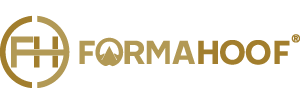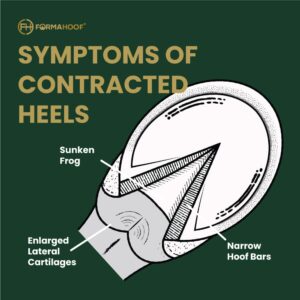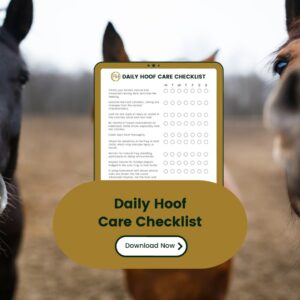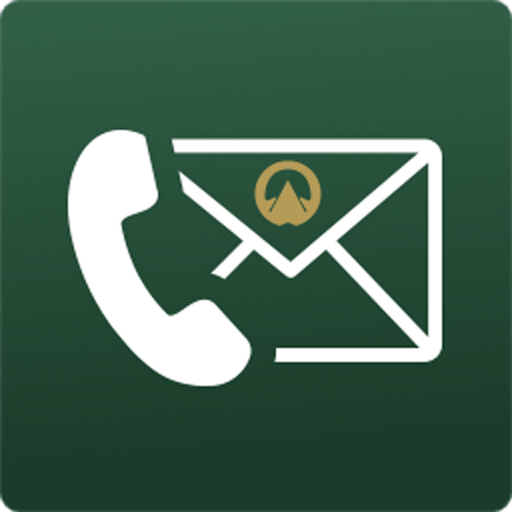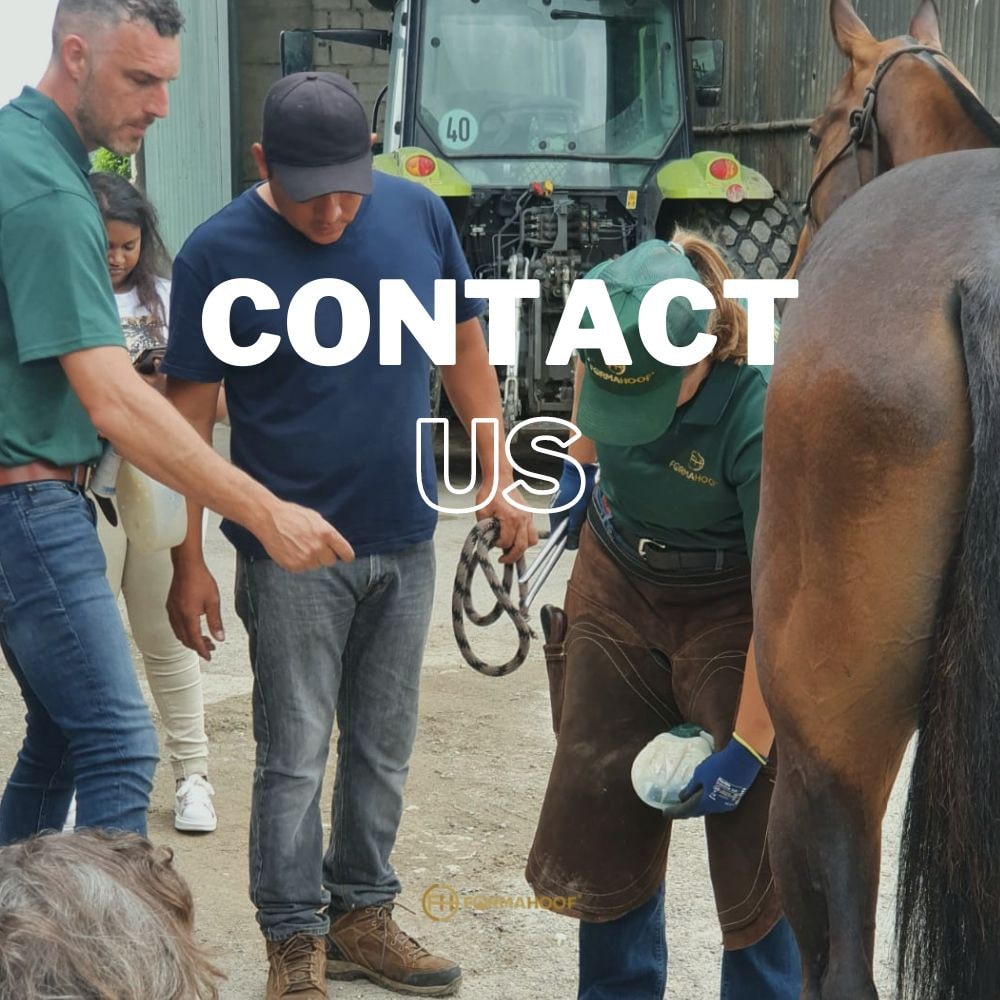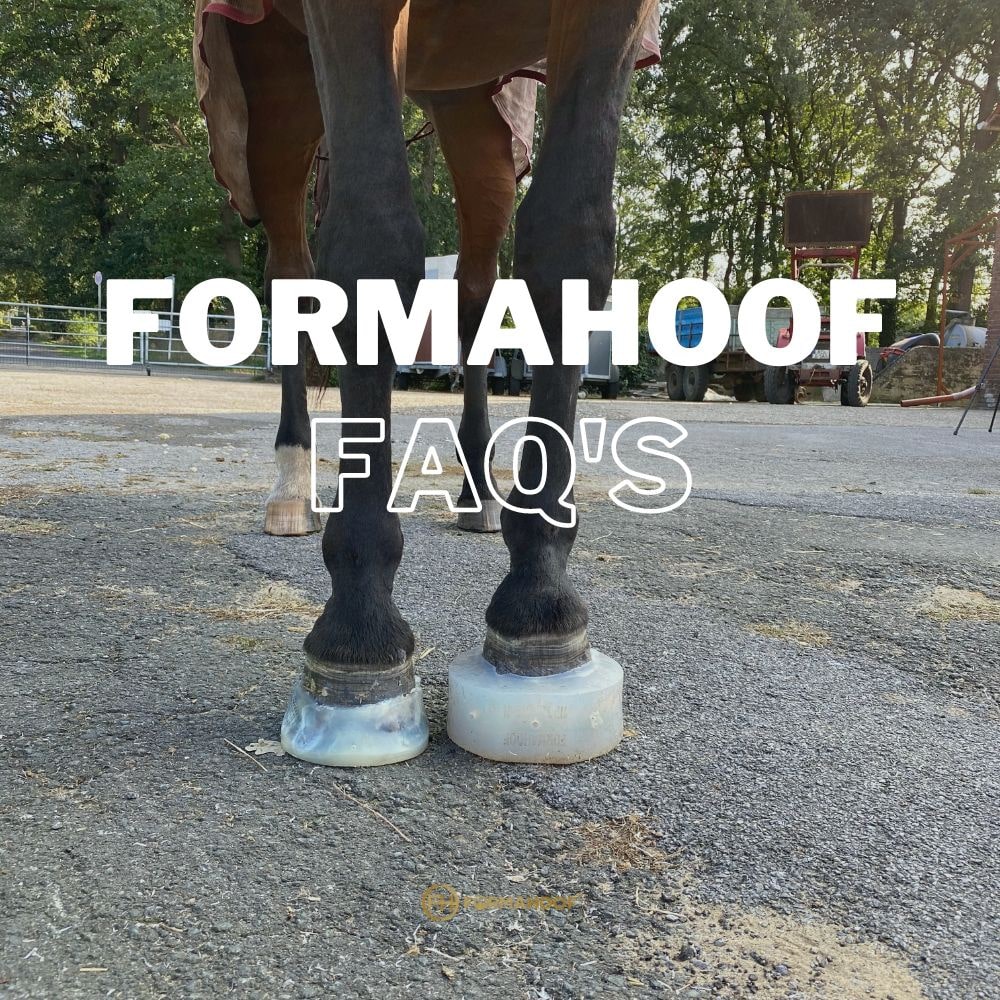Navicular Disease in Horses, Low heels/ Underrun Heels, Contracted Heels
Embark on a journey into the intricate world of equine hoof health with our enlightening series on the most prevalent hoof issues plaguing horses around the globe. In this pivotal second installment, we navigate through the complexities of hoof heel problems, dissecting conditions like Navicular Disease, Low/Underrun Heels, and Contracted Heels, offering a beacon of knowledge for horse owners, farriers, and veterinarians alike.
Gain insights into symptoms, delve into treatment paradigms, and explore the revolutionary impact of FormaHoof on managing and potentially reversing these commonly encountered hoof dilemmas. Join us as we trot into the depths of understanding and addressing these equine hoof challenges, intertwining expertise with cutting-edge solutions, and stride confidently towards fostering optimal hoof health and enhanced equine well-being.
Healthy v Distorted horse foot
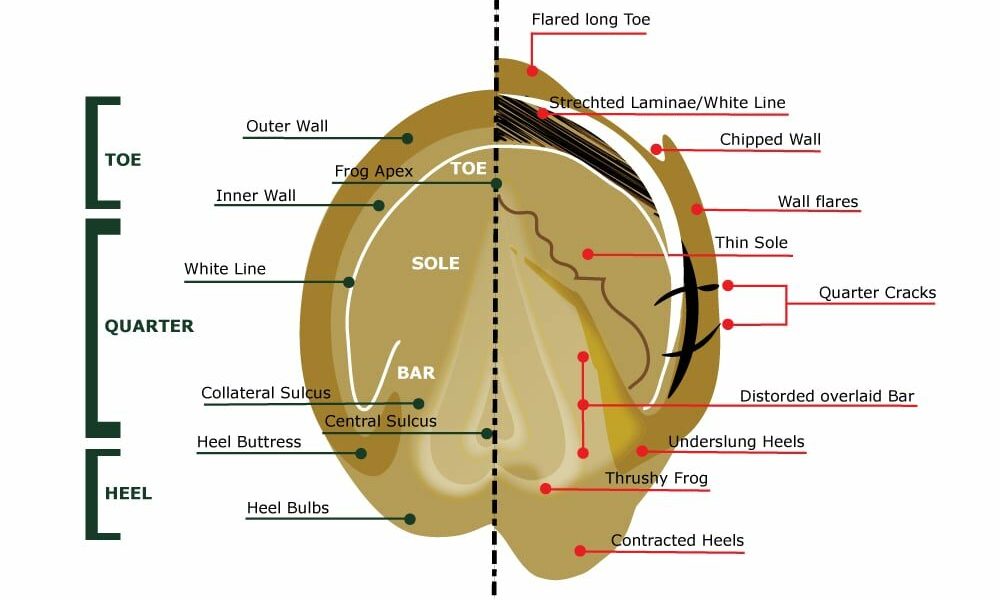
Horse with Low Heels/Underrun heels
Heel problems are a common hoof issue in horses, with some estimates attributing more than one-third of all chronic lameness to the heel (caudal) region. The condition owners might be most familiar with is the low heel, which also happens to be one of the most difficult heel problems to manage.
The hoof wall of a horse’s foot is divided into three parts: the toe, the quarters, and the heel. A common ailment of the hoof that affects all three areas is a condition known as the “underrun heel”. This refers to structural remodelling of the outer wall due to numerous causes and often disastrous consequences.
Quite simply, an underrun heel occurs when the fibres of the hoof wall at the heel are not parallel to the wall fibres at the toe. For instance, if the angle of the toe is forty-five degrees and the angle of the fibre at the heel is less than that, for example forty or thirty degrees, or even twenty degrees, then the heel is considered to be underrun.

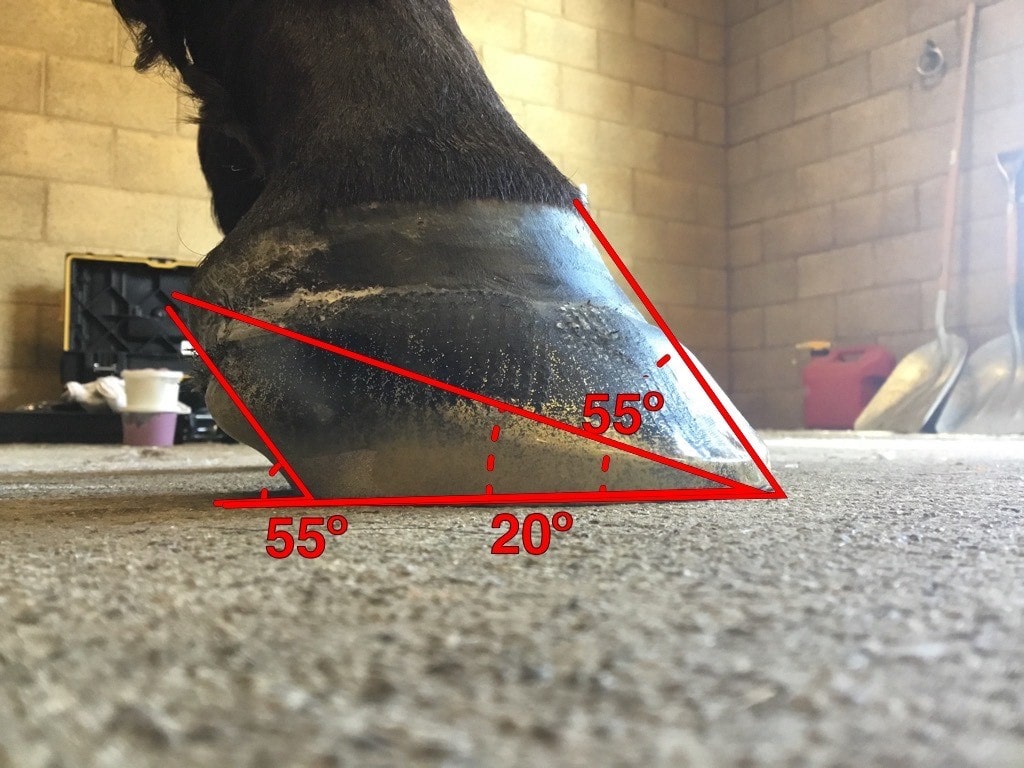
Underrun heels, resulting from the “long toe, low heel” syndrome, are highly heritable and are found in many, and even most, of our modern performance horses. Some estimates put the heritability of this condition as high as 75 percent, with 25 percent due to the environment, such as neglect, use, nutrition, or inaccurate farrier work.
Barefoot horses can be just as underrun as shod feet and can come as a result of the hoof becoming too long or the horse being left too long between trims. Sometimes it is just a result of the toe wearing away faster than the heel, thus skewing the ratios. It is essential then that a horse’s hooves are kept rasped into an appropriate shape and that the required support lines are met.
To rehabilitate severely malformed feet, it is sometimes necessary to have a more closely scheduled set of farrier visits, even for a seemingly small amount of trimming. Underrun heels can contribute to a range of hoof-related problems, such as navicular syndrome/chronic heel pain, bruising, coffin joint pain, lameness, and reduced performance, therefore it is important to keep on top of hoof maintenance and start hoof care in the early days.
There are various shoeing and trimming methods a farrier can apply to support underrun heels, including:
- A natural balance or barefoot trim
- Heart bar shoe
- Egg bar shoe
- Pads and Casting
- FormaHoof
FormaHoof, when compared to traditional methods, allows the foot to be set up in the perfect position, allowing the encapsulated hoof to recover and rebuild towards the optimal hoof position within the shortest time. A hoof is not remodelled in a week, or even two months. But re-aligning the foot (of even an adult horse) with optimal angles and support will help your horse to overcome underrun heels, help reduce related pain, and help shorten the rehab period.
Contracted Heels in Horses
Contracted heels in a horse’s hoof are characterized by a narrowing of the heel between the two bulbs, which is the soft fleshy area where the hoof wall, heel, and coronary band come together. Contracted heels in horses are often mistaken as a club-foot. However, these are two different pathologies which need different treatments. Contracted heels in horses are a severe problem which can cause long-term issues.
Cases of contracted heels can be primary or secondary. In primary cases, a contracted heel is a result of unbalanced feet or overgrown hooves. In secondary cases, contracted heels are caused by lameness and disuse of the limb leading to hoof atrophy.
Improper shoeing can be one of the most common causes of contracted heels in horses. Irregular, incorrectly trimmed hooves or completely neglected hoof care can be another cause.
Symptoms of a contracted heel may include:
- Compressed frog
- Frog shrinkage
- Compressed heel bulbs
- Bulbs show a V-Shape instead of a horizontal line
- Heels growing inward towards the frog
- Narrowing of the heels or the entire “back” of the hoof (quarter to heels)
Even though by 2020 there was still no hard clinical evidence that metal shoes contract a heel, a study published by the Journal of Equine Veterinary Science has revealed various interesting findings around the subject. Download the ‘Do Metal Shoes Contract Heels? A Retrospective Study on 114 Horses’ here.
To restore your horse’s comfort, a rehab plan should be worked out with your hoof care provider. They will likely trim the heels back to the widest part of the frog, allowing the frog to engage with the ground, which increases circulation and stimulates frog growth. Regular trimming is key to support the healing process which can take 8-12 months.
Navicular Disease in Horses / Heel Pain
Navicular disease in horses or caudal heel syndrome is a degenerative condition of the navicular bone that can appear in horses of any breed or discipline but is essentially unknown in ponies and donkeys.
Twenty years ago, vets were sure that navicular disease in horses was a degeneration of the navicular bone in the foot, however, we now recognise that this is but a small part of the condition. This “classic” disease of the navicular bone is now known as navicular bone disease and forms one part of navicular syndrome.
The other part of navicular disease is degeneration or damage to other structures in the foot. Overall, the potential structures that can be involved in navicular problems are:
- Navicular bone
- Navicular bursa
- Suspensory ligaments of the navicular bone
- Impar Ligament (Distal Sesamoidean Impar Ligament = DSIL)
- Deep digital flexor tendon (DDFT)
- Coffin Joint (Distal InterPhalangeal Joint = DIPJ)
- Collateral ligaments of the coffin joint
In a particular horse, any combination of the above structures may be involved.
Navicular disease in horses can be limited to one limb. However, it most commonly affects both front hooves, causing bilateral lameness. While veterinarians have documented it in the hind feet, these cases are very rare.
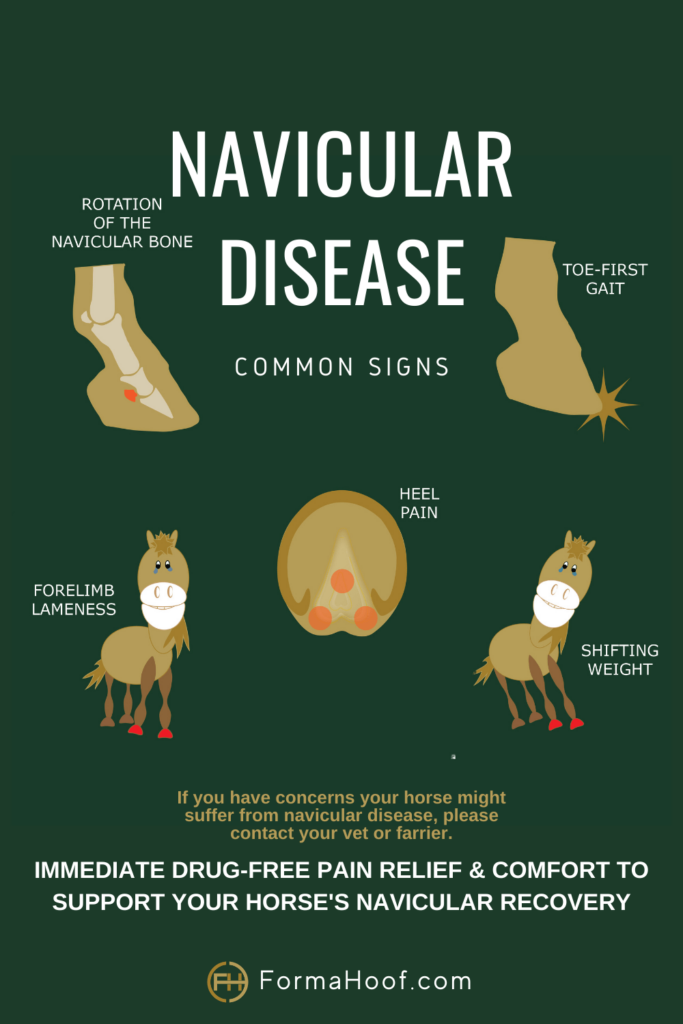
Navicular disease or caudal heel syndrome is a cause of lameness that can appear in horses of any breed or discipline. It can be limited to one limb; however, it most commonly affects both front hooves, causing bilateral lameness. Early signs can include a refusal to undertake previous activities such as jumping, extending gaits, etc.
If you think your horse has navicular problems, please contact your equine practitioner immediately.
Whilst there are various traditional methods which include specific horseshoeing techniques and drugs, equines can gain immediate elevation and drug-free comfort from their FormaHoof application. FormaHoof allows horses with Navicular disease to bear weight correctly and increases blood flow to the entire foot, supporting healthy natural hoof growth and healing within the structures of the podotrochlear apparatus.
All Navicular Disease treatments for horses should be discussed and followed up with a veterinarian or/and farrier/trimmer.
Find out more about Navicular Disease in these related blog posts
https://formahoof.com/navicular-disease-in-horses
